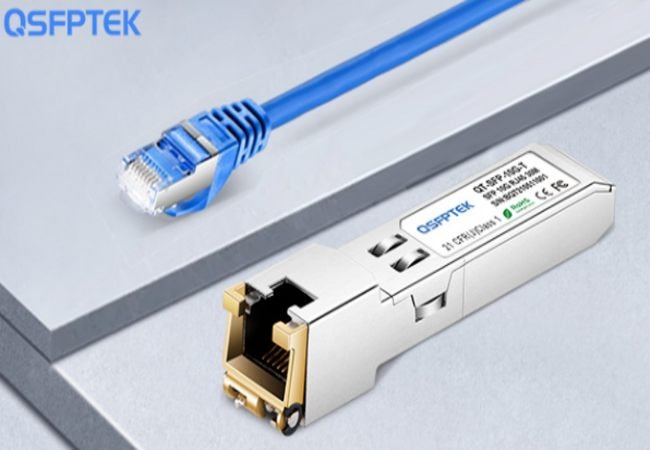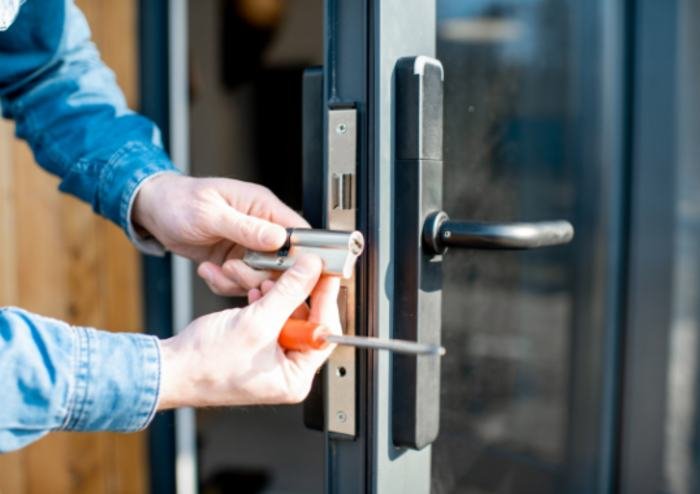At first, the industry thought that 10GBASE-T, the so-called 10Gb Ethernet based on copper cable, was too difficult to design, develop and implement. Therefore, they wanted to change the original basic structure, transmission medium, cost structure, and operation mode, and use an optical fiber network to rebuild the data center and organization. Until 2005, the cost of a 10Gb Ethernet optical fiber solution was still more than $1000 per port. It was originally expected that the price of optical modules would decline and the density would increase; but these predictions did not come true.
At the end of 2002, the IEEE 802.3 working group recognized the need for further research and launched two research plans. The first plan is a short-term plan called 10gbase-cx4, which is based on a shielded twisted pair and Infiniband cable interconnection technology to support short-distance in rack interconnection in the short term. The second plan is the long-term 10GBASE-T development plan. 10GBASE-T faces many technical challenges. This paper will analyze some solutions. The market prospect of 10GBASE-T is still promising. 10GB Ethernet based on the copper cable will have all the performance of 10G link; and the cost is only half of it. It supports higher port density. The cost trend of transceivers also conforms to Moore’s law curve of cost reduction.
From 1Gbps to 10Gbps – 1000BASE-T vs 10GBASE-T
To clearly explain 10GBASE-T and its working principle, this paper will briefly review 1000BASE-T and compare it with 10GBASE-T. In order to increase the transmission rate of Ethernet to 1Gbps, 1000BASE-T Ethernet uses four pairs of CAT5e lines and adopts a multi-bit bidirectional signal transmission mode based on grid coding modulation. The optical transceiver needs to offset the echo and near-end crosstalk on each pair of lines, as well as the far-end crosstalk (not mandatory). In order to increase the bit rate by another order of magnitude, 10GBASE-T has made further improvements in these aspects; increasing the signal transmission rate (from 125 Mbaud to 800 Mbaud) and increasing the number of transmission signals layers (from 5 layers to 16 layers).
In order to achieve this goal, people have adopted the low-density parity-check (LDPC) code with the latest technical level; and further improved the receiver sensitivity, echo, and crosstalk cancellation technology. The following table summarizes the key technologies used in 100BASE-T and 10GBASE-T. Although the improvement measures of signal transmission, receiver sensitivity; and interference cancellation technology make the implementation of 10GBASE-T possible; the relevant algorithms and circuit technology of 10GBASE-T must be used in order to operate effectively at a higher speed.
1000BASE-T vs 10GBASE-T
| 1000BASE-T | 10GBASE-T | |
| Speed | 1000Mbps | 10Gbps |
| Modulation | PAM-5 | PAM-16 |
| Wire Pairs Required | 4 Pairs | 4 Pairs |
| Symbol Rate Per Lane | 125Mbaud | 800Mbaud |
| Bandwidth | 62.5 | 400 |
| Max Distance | 100m | 100m |
| Cable Type | Cat5 | Cat6A |
| Cable Rating | 100MHz | 500MHz |
| Encoding | 4D trellis-coded modulation (TCM) | Tomlinson-Harashima precoding (THP) DSQ-128 |
Technical Challenges in Developing 10GBASE-T
When the 10GB Ethernet standard was initially formulated, many professionals believed that it was impossible to achieve a 10GB rate based on unshielded twisted-pair copper cable, because there was a great challenge to reduce the large number of components involved in reducing the performance of the communication channel based on UTP cabling. This may cause damage to the transmission of the signal itself, such as intervention loss and inter symbol interference (ISI). These damages come from the limited bandwidth and actual impedance of the cable; as well as the performance degradation caused by some interference factors, such as echo; near-end crosstalk (NEXT), and far-end crosstalk (FEXT). In addition, base noise and other radiated signals; such as alien crosstalk (crosstalk from other cables), will also reduce the signal-to-noise ratio (i.e. SNR) of the received signal.
Challenge of channel loss:
All kinds of wired Ethernet systems are facing the challenge of channel loss. Intervention loss can measure the relationship between signal loss and signal frequency on a certain length of cable. With the increase of frequency, the received signal will become weaker and weaker, making it more vulnerable to noise. The final loss will be four orders of magnitude higher than the power loss at 400MHz frequency. In addition to the need to encode 10Gbps signals to make them suitable for four pairs of transmission lines with each pair of 400MHz bandwidth the slope of signal attenuation – from less than 3dB at low frequency to 40dB loss at the edge of 400MHz frequency band – also urgently needs efficient signal equalization processing.
10GBASE-T system achieves this goal by using Tomlinson Harashima precoding (THP) technology, without transmission error and avoiding performance loss. Although it is similar to the decision feedback equalization (DFE) technology; THP runs at the transmitting end of the link and can avoid decision error (because the transmitted symbols are known).
Echo cancellation and NEXT:
In addition, echo cancellation and NEXT are one of the main challenges to realizing 10gbase-t. If the fir technology used in the 1000BASE-T scheme is directly implemented in 10GBASE-T; its complexity will be 45 times higher than that of 1000base-t. The high elimination level required at these speeds also makes the full analog elimination difficult to work and requires high bandwidth and high-power adaptive analog filters, which will produce high power consumption even if it is feasible.
Solarflare’s solution uses both analog and digital signal processing technology. In order to perform the necessary calculation (for the direct implementation method; the amount of calculation will exceed 10tops per second) the large-scale parallel calculation method must be used to realize these filters; and the fast algorithm approximation can be realized by performing a large number of reusable calculations. Solarflare has applied patented technology to solve this problem. By realizing hundreds of tap-long eliminators and sharing calculations among all 16 echo and NEXT elimination channels; the solar flare has realized stable and reliable NEXT and echo elimination performance. In this way, the amount of calculation required by 10GBASE-T is less than 6 times larger than that of 1000BASE-T, making it feasible to eliminate echo and NEXT.
Conclusion
In short, 10GBASE-T solves the extremely difficult technical problems, greatly improves the signal transmission performance; improves the receiver sensitivity and interference cancellation ability, and improves the algorithm and circuit. Because 10GBASE-T adopts a higher density 10Gb solution, it reduces the cost per port under 10G bandwidth and supports the installed cabling, plug and play RJ-45 interface, and patch board. Therefore, with the introduction of the 10GBASE-T silicon solution, once the relevant system-level products are available; 10GBASE-T will greatly reduce the cost of 10Gb network interconnection. QSFPTEK is an optical communication brand driven by technology and productivity. It provides high-reliable and high-performance 10GBASE-T transceivers. Welcome to contact via sales@qsfptek.com.




